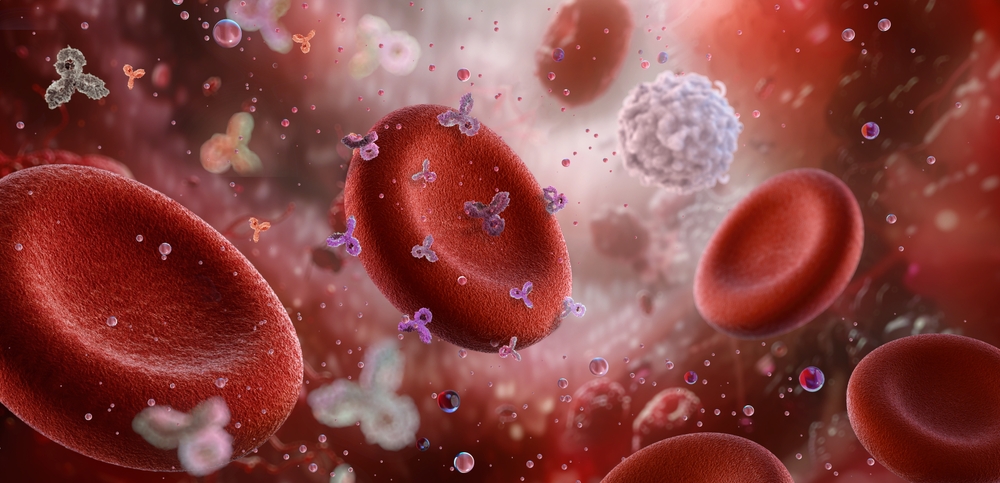
Lack of Blood Type Diversity for Neanderthals May Have Led to Their Demise
Neanderthal blood types may have made them ill-equipped to deal with infectious diseases. Neanderthal blood types may have made them ill-equipped to deal with infectious diseases. The Sciences All Articles | Discover Magazine












